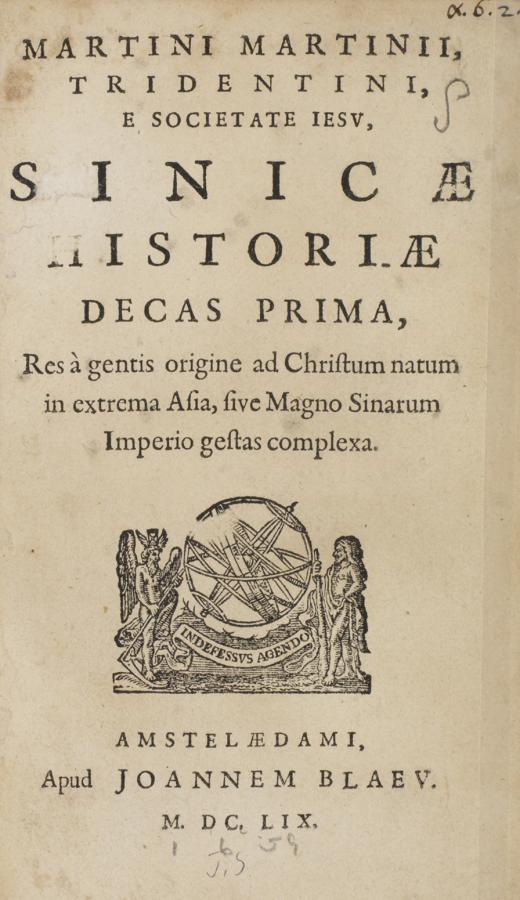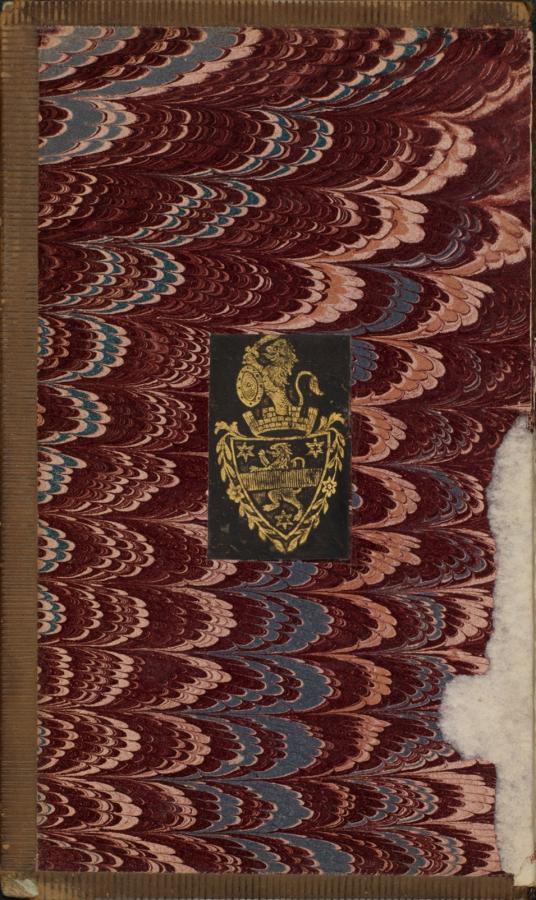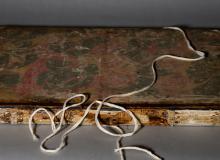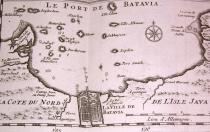Martino Martini

Martino Martini (1614-1661) – cartographer, astronomer and church builder – was yet another of the China mission’s procurators, having been sent to Europe in 1650. In addition to the usual tasks of presenting the mission in a positive light and in amassing material that could be brought back to be used in the mission, Martini was responsible for presenting the Jesuit position in the Chinese Rites controversy. When Martini arrived in Rome in 1654, this dispute was in its early stages.
It is amazing that Martini managed to achieve anything in Rome, given the difficulty of his journey. Martini’s haphazard route reveals the complexities and challenges the procurators and missionaries faced. Martini sailed from Fujian province and first went south to the Philippines. From here he boarded another vessel bound west but was imprisoned along the way in Batavia (modern Jakarta, Indonesia) by the officials of the Dutch East India Company, most likely because he was a Catholic missionary. Upon his release he boarded another vessel that transported him to Bergen in Norway, which he reached in the middle of August 1653. From here he travelled to Hamburg, in northern Germany. Later he spent time in Amsterdam, Holland and Antwerp, Belgium in 1654 before reaching Rome at the end of the following year.
Martini’ s stops in northern Europe were linked to the fact that he was also responsible for publicizing the Jesuit scholarship that had been occurring alongside the work of proselytizing. In particular this meant that Martini had brought several manuscripts with him and famous printers proceeded to publish these. These works, such as his atlas (Novus Atlas Sinensis), published in Antwerp in 1654, and his history of China (Sinicae historiae decas prima) published later in Amsterdam in 1659, were influential in educating Europeans about the China of their own time. Martini left Europe for China in 1657 with over thirty missionaries, was again imprisoned (this time by pirates), and reached China in 1659.
He had been a student of Kircher in the Roman College and near the end of this life built a church in Hangzhou.



